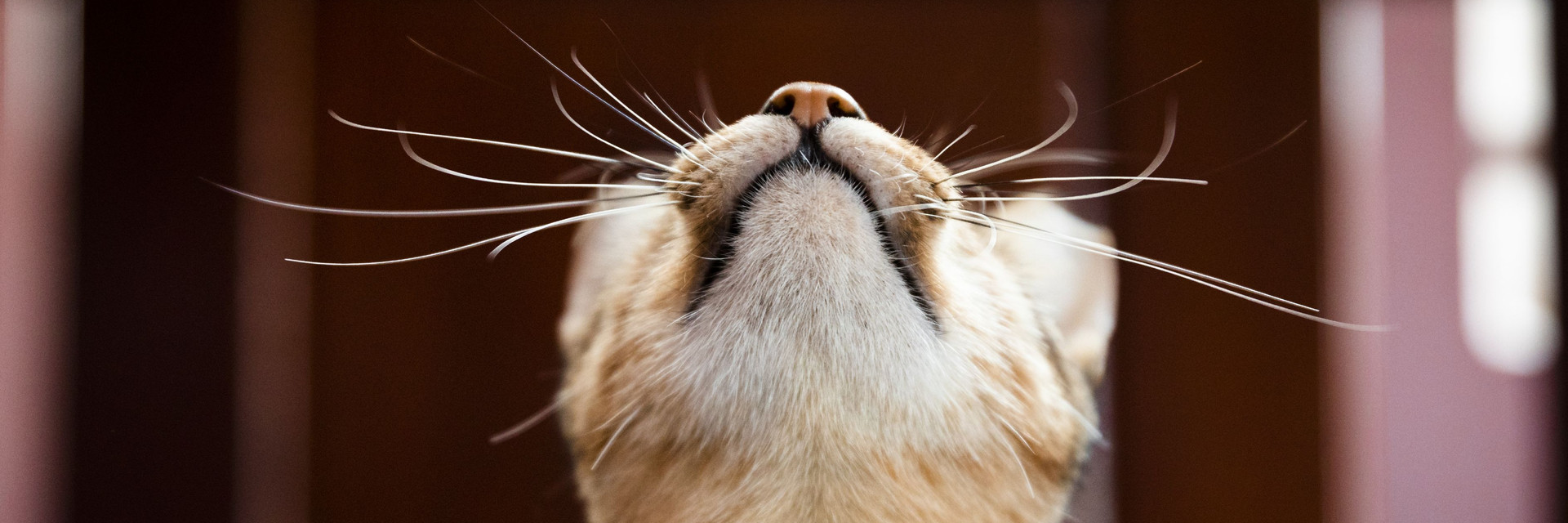
Feeding Your Cat Properly
Important points regarding healthy nutrition for cats
The diet of a cat should always be adapted to its individual needs. Breed, age, energy consumption, pregnancy in females, illnesses, and other factors play an important role in nutrition. It is therefore important for cat owners to know the nutritional needs of their pet in order to always be able to offer an appropriate diet and decide what type of food would be best for example wet, dry or self-prepared food.
The topic of "feeding your pet appropriately” can be confusing with so many products on the market and various views. New cat owners in particular may benefit from advice on what, when, and how they should feed their cat to ensure their pet’s nutritional needs are met.
What, When and How?
Dry or wet food?
Whether you give dry or wet food to your pet depends on your cat’s personal preference. When feeding dry food, it is particularly important that your cat is given enough water and has access to a water bowl. In general, water is important for every cat and in the wild, cats stay hydrated by eating their prey. Wet food contains a lot of water and consequently provides some of your cat’s water consumption needs. However, if your cat receives wet food regularly, they should still have access to water i.e., a clean water bowl which is regularly filled with fresh water and placed in an area they can access easily.
How often should you feed your cat?
How often you should feed your cat highly depends on its age. Kittens require more food per pound of their body weight to support their healthy growth and should therefore be fed more frequently throughout the day. Cats naturally eat small meals very often per day. A free-ranging cat hunts up to 20 times a day and thus, receives about seven small meals. Cats' stomachs are only about the size of a ping-pong ball, hence, small meals more frequently fed throughout the day are the best feeding solution for cats.
Where to place food and water bowls?
To ensure that your cat has sufficient drinking incentives, provide water bowls placed in different areas of the house, e.g., a water bowl in the kitchen and living room. Think of creative ways to provide water such as having a drinking fountain for pets, where the flowing water can increase your cat’s water intake and provide some enrichment for your cat.
Pay attention to hygiene
Proper food and water bowl hygiene are important. To do this, clean the water and food bowl daily. Leftovers (especially from wet food) are a breeding ground for germs and bacteria. It is important to thoroughly wash the bowls with soapy water, give the soap (or detergent) a good rinse, and dry them well after rinsing before replacing them (it is also best if you have spare bowls on hand).

